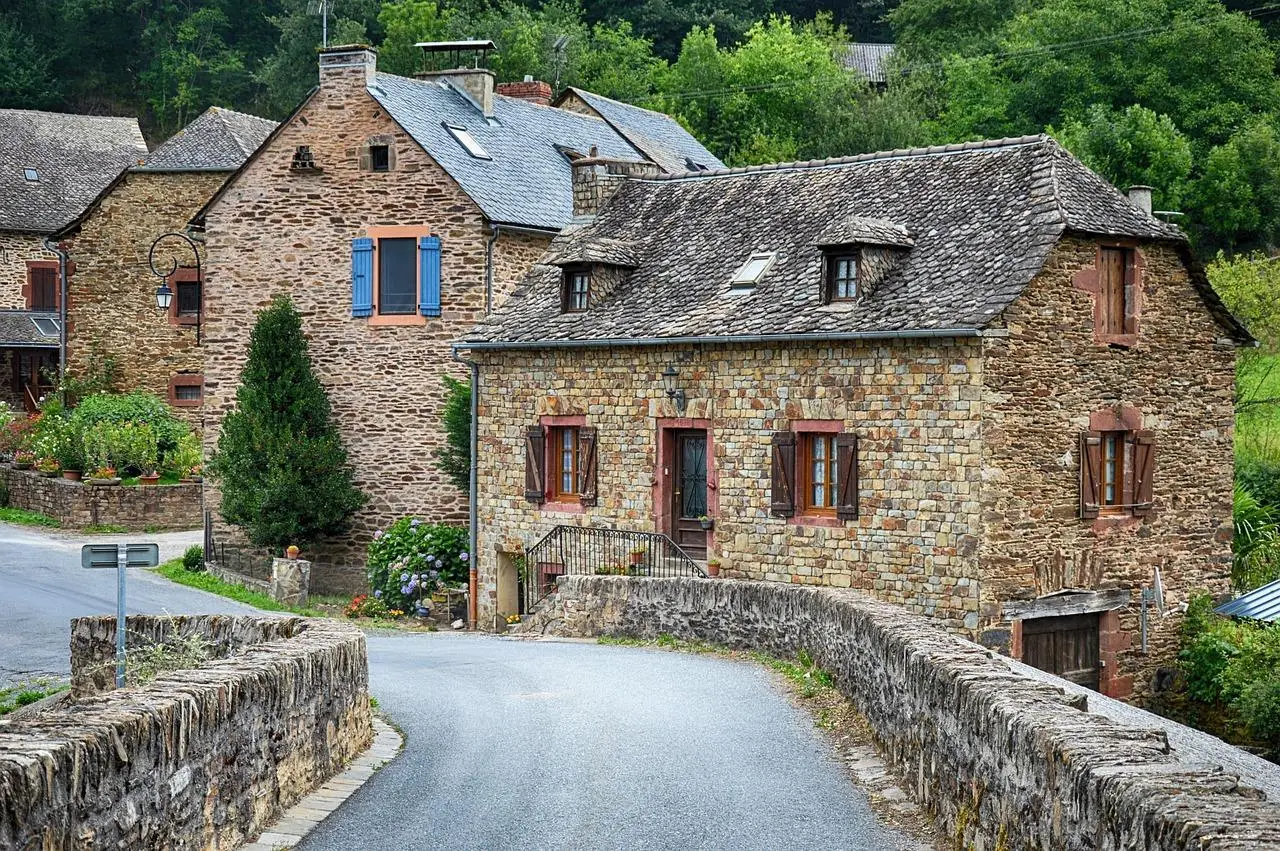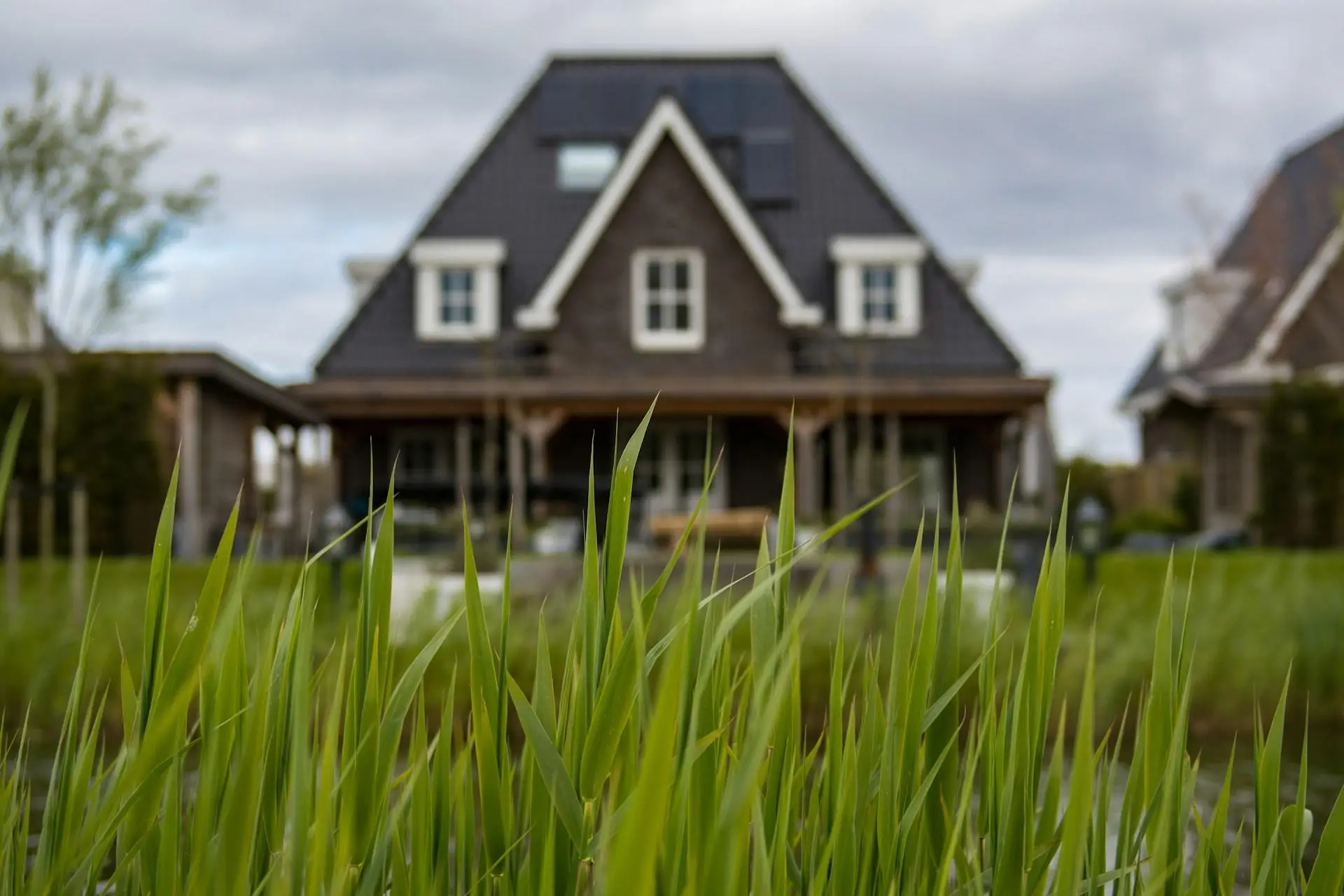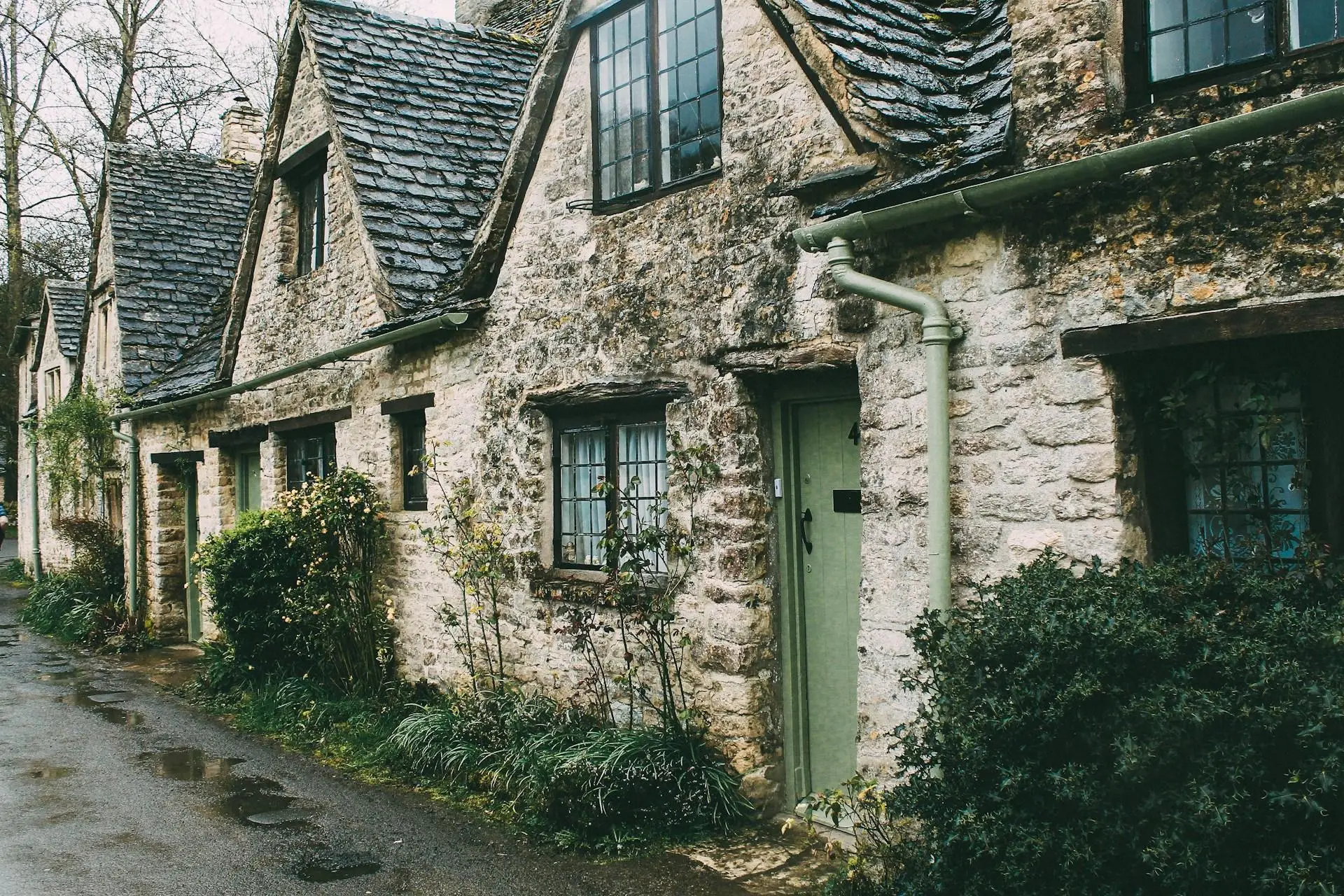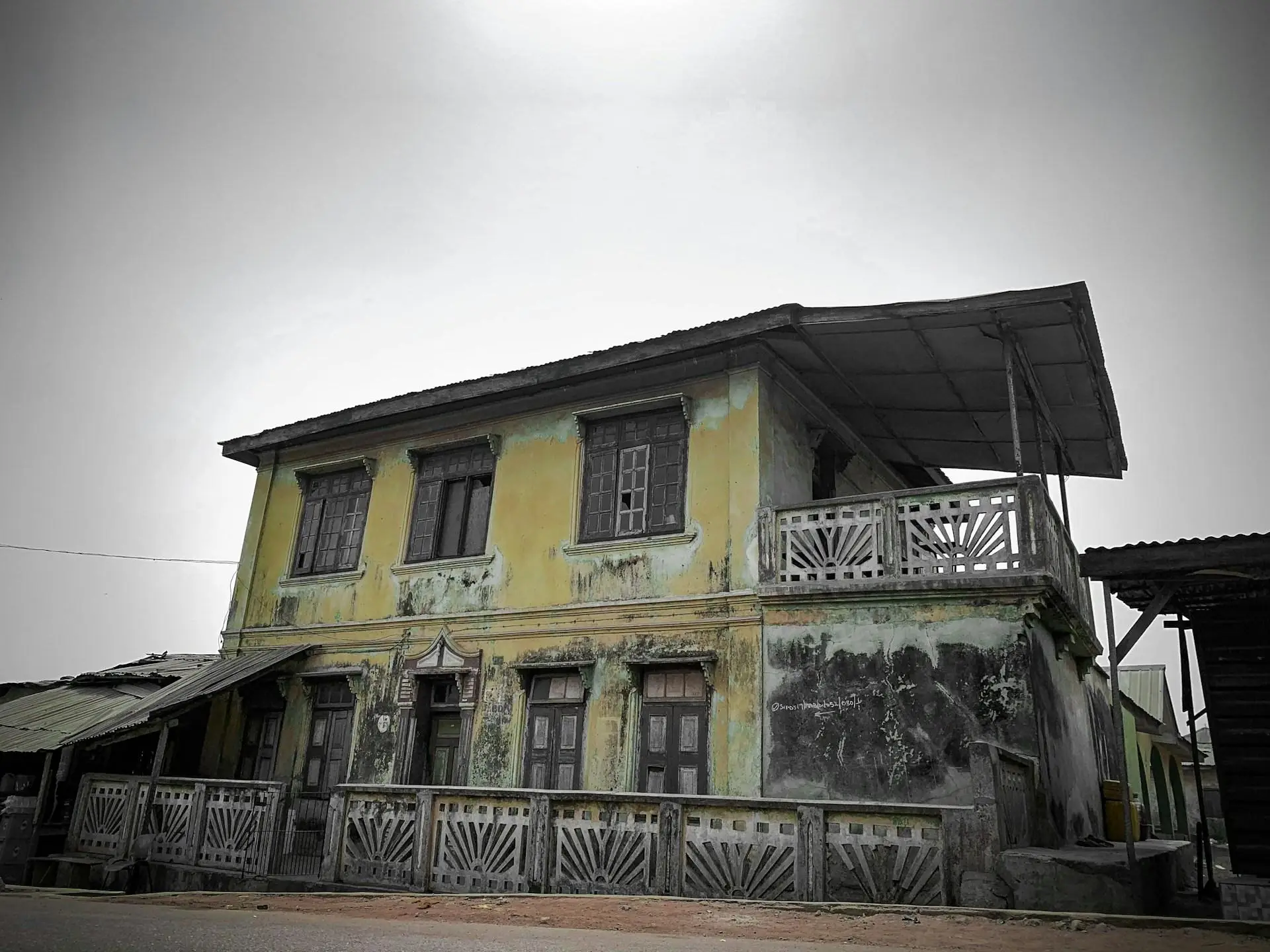The disappearance of old architecture marks a significant loss for societies worldwide. These structures are more than mere buildings; they are cultural artifacts that encapsulate the history, artistry, and identity of a community. As urban landscapes evolve, understanding what is lost when old architecture vanishes is crucial.
Historical Significance and Cultural Identity
Old architecture serves as a tangible connection to the past, offering insights into the lives, beliefs, and values of those who came before us. These structures often reflect the cultural identity of their time, embodying the unique characteristics of different eras and regions. When such architecture is lost, communities lose a part of their cultural heritage, which can diminish a shared sense of identity and continuity.
Architectural Innovation and Craftsmanship
Historic buildings showcase the architectural innovations and craftsmanship of their time. Techniques and materials used in the past often differ significantly from modern practices, offering a glimpse into the evolution of architectural design. The disappearance of these structures can mean the loss of unique architectural styles and techniques that may never be replicated.
Economic Value and Tourism
Old architecture can significantly contribute to local economies, particularly through tourism. Historic buildings often attract visitors eager to experience the cultural and historical richness they offer. The absence of such structures can lead to a decline in tourism, impacting local businesses and economies that rely on this influx of visitors.
Environmental Sustainability
Preserving old architecture can be more environmentally sustainable than new construction. Restoration and adaptive reuse of historic buildings often consume fewer resources than demolishing and rebuilding. This approach not only reduces waste but also conserves the energy embedded in existing structures, aligning with sustainable development goals.
Community Identity and Sense of Place
Historic buildings contribute to a community's identity and provide a sense of place. They often serve as landmarks or focal points within a city or town, fostering a sense of pride and belonging among residents. The loss of these structures can lead to a homogenization of urban landscapes, erasing the unique characteristics that define different communities.
Educational Opportunities
Old architecture offers valuable educational opportunities for both locals and visitors. These buildings serve as living history lessons, providing insights into architectural styles, historical events, and cultural practices. The disappearance of such structures limits the ability to engage with and learn from the past in a direct, tangible way.
Artistic Expression and Inspiration
Historic buildings are often celebrated for their artistic expression, from intricate facades to ornate interiors. They inspire artists, architects, and designers by showcasing the creativity and ingenuity of past generations. Losing these sources of inspiration can stifle creative expression and innovation in contemporary design.
Preservation Challenges and Opportunities
While preserving old architecture presents challenges, it also offers opportunities for innovation and community engagement. Restoration projects can bring communities together, fostering collaboration and a shared commitment to preserving cultural heritage. Additionally, incorporating modern amenities into historic structures can create functional spaces that honor the past while serving contemporary needs.
The Role of Policy and Advocacy
Effective policies and advocacy are essential in preventing the loss of old architecture. Governments and organizations play a crucial role in identifying, protecting, and promoting historic buildings. Public awareness and support for preservation initiatives are vital in ensuring these structures are maintained for future generations.
Embracing the Future While Honoring the Past
Balancing modern development with the preservation of old architecture is essential for creating vibrant, livable communities. By valuing and protecting historic buildings, societies can honor their past while embracing a future that respects cultural heritage and promotes sustainable development.
For more information on the impact of old architecture disappearing, visit this resource.
In conclusion, when old architecture disappears, societies lose more than just buildings; they lose irreplaceable links to their past, unique artistic expressions, and opportunities for education and economic growth. Preserving these structures is not just about maintaining physical spaces but about safeguarding the cultural, historical, and environmental legacy they represent.










